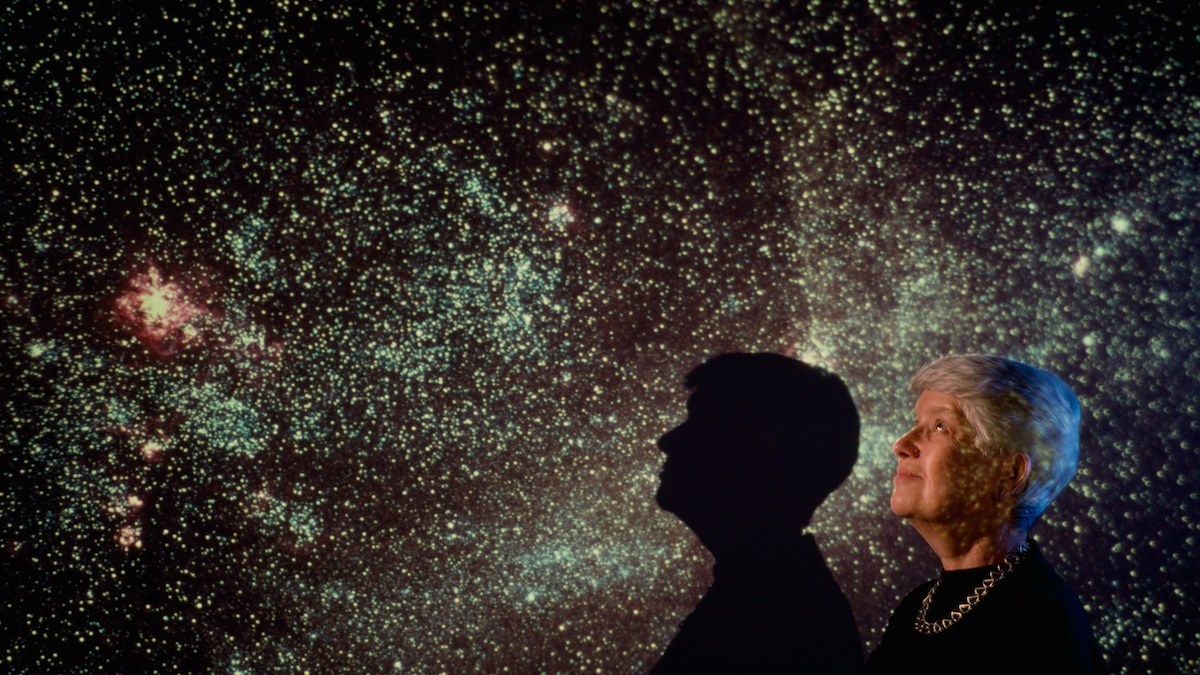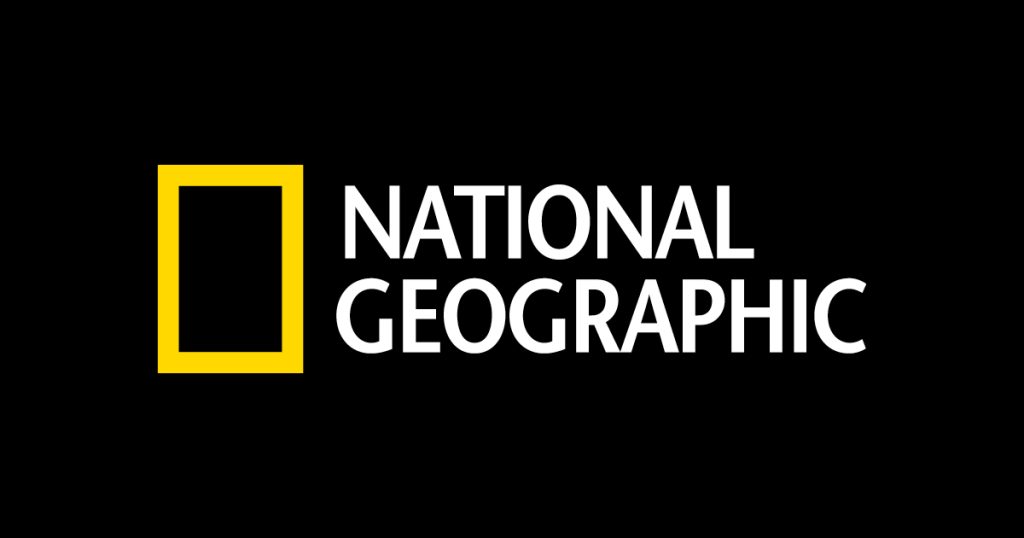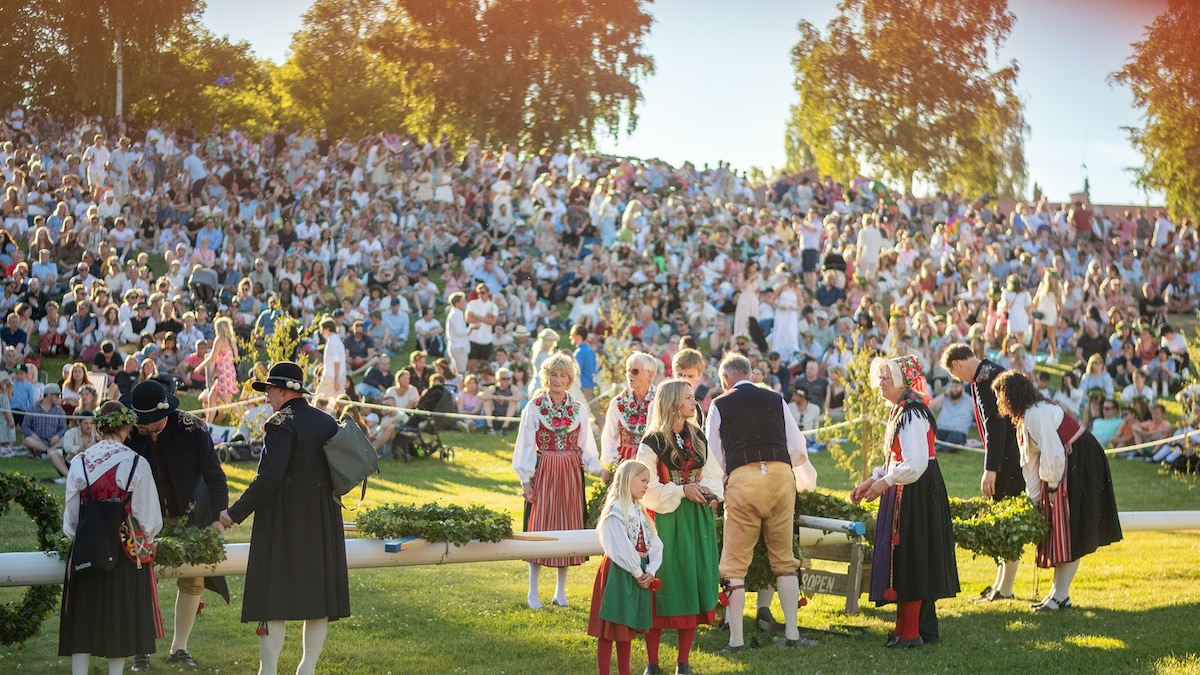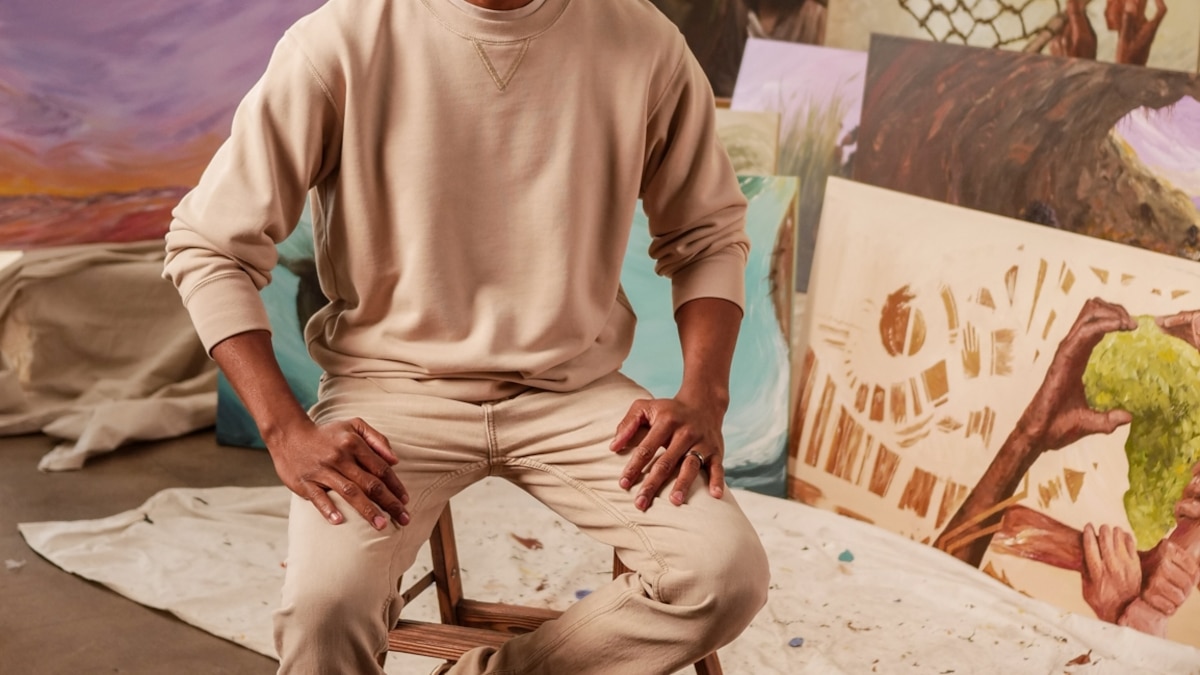Now Reading: Who was Vera Rubin? Here’s what to know about the astronomer behind dark matter.
-
01
Who was Vera Rubin? Here’s what to know about the astronomer behind dark matter.
Who was Vera Rubin? Here’s what to know about the astronomer behind dark matter.

Vera Rubin had just finished her ice cream when she saw something that would change astronomy forever. It was long past midnight one early morning in the 1960s, and Rubin and her colleague Kent Ford were at Kitt Peak National Observatory in the middle of the Arizona desert. That night they were tracking how hot gas from young stars circled Andromeda, the Milky Way’s galactic neighbor. Rubin and Ford would trade off recording the gases’ chemical fingerprints or processing photographic plates. While waiting for the plates to develop, Rubin would eat an ice cream cone.
Four cones in, Rubin could draw Andromeda’s rotation curve—she could plot the distance of gas clouds on an X-axis and their speeds on the Y-axis. At the time, astronomers assumed the stars circling a galaxy would act like the planets circling the sun in our solar system. Stars closer to the galaxy’s center would circle quickly, while stars farther out would orbit slowly because core’s gravitational pull was weaker out there. The curve, then, should start high and fall the farther the distance from a galaxy’s center, astronomers assumed.
Rubin never liked assumptions. She’d rather collect data, even if it met expectations. But what Rubin saw in that rotation curve didn’t. The close-in and far-out stars seemed to be circling Andromeda at roughly the same speeds. The curve was flat.
The ice-cream fueled find, and those that followed, forced astronomers to rethink not only what we know about galaxies but also what we know about the universe. It forced them to reimagine the fabric of the cosmos. They’d ultimately conclude that that fabric included a mysterious substance, an invisible form of matter now known as dark matter, that to this day we don’t fully understand.
But it wasn’t just this Copernican-esque discovery of flat rotation curves that made Rubin a legend. It was the way she discovered it, the way she advocated for equality in astronomy, the way she welcomed new astronomers into the field without hesitation and kept going to the telescope well into her eighties, which is when I got to know her.
It was November 2007 when I joined Rubin at Kitt Peak. No photographic plates. No winter ice cream. Just a veteran astronomer, a cub reporter, and a spiral galaxy to observe. It was in her reminiscing during those nights that I came to understand that her dark matter discovery story wasn’t one of a cliché lone genius and a eureka moment. Her observations were a fold in the braid that led to dark matter becoming astronomy dogma. And, her decades of discoveries were only part of her legacy, with her outspokenness and moral compass cementing it to memory. It’s this layered legacy I see in the new Vera Rubin Observatory, which will deliver its first images this month.
(A century ago, this pioneering astronomer discovered what stars are made of.)

The immense Andromeda galaxy, also known as Messier 31, is captured in this NASA image. Rubin’s observations of Andromeda would change our understanding of the universe.
Photograph by NASA/JPL-Caltech/UCLA
Stars were her first love
Eleven-year-old Vera Rubin—Vera Cooper, then—stared at an imaginary line running down the bed she shared with her sister, Ruth, then rolled over, defeated. She was the younger of the two and was told she couldn’t sleep next to the small row of windows that lined the inner wall of the bedroom and fortuitously faced north in their rented townhouse in Washington, D.C. But even from the inside edge, the starlight caught Vera’s attention; she was mesmerized. Every night, she’d crawl over her sister Ruth to get a better view of the sky. “There was just nothing as interesting in my life,” Rubin once said, “as watching the stars.”
Through her childhood in the 1930s, she would hang out by the window tracing star trails, check out library books about scientists, and build her first telescope with her dad, who worked for the Department of Agriculture. He’d also take her to the local amateur astronomy club where she heard talks by astronomers like Harlow Shapley, then the director of the Harvard Observatory.
By the time Vera was in high school, she sought out cosmology books like James Jean’s The Universe Around Us and Arthur Eddington’s The Internal Constitution of Stars. At Vassar College, she majored in astronomy, taught herself how to observe using the college’s telescopes, and took summer positions at the Naval Research Laboratory to gain experience doing science experiments. Around then, her parents introduced her to Robert Rubin. They began dating and were married in August of 1948—what many assumed was the end to Rubin’s astronomy career.
Vera had gotten accepted to Harvard for her master’s degree. But she chose to go to Cornell University, where Bob was working on his Ph.D. in physical chemistry, instead. There were roadblocks, but Rubin found mentors in physicist Richard Feynman and astronomer Martha Star Carpenter, and her husband, who helped her launch a research project see if the universe rotated—all while they started a family. When she presented her results at the 1950 American Astronomical Society meeting in Ithaca, New York, the press was sensational. “A young mother startled the American Astronomical Society,” the Associated Press reporter wrote. Her work challenged convention, and she would again while working on her Ph.D. at Georgetown University.

Vera Rubin (pictured in 1965) and her observing partner Kent Ford also used telescopes at the Lowell Observatory in Flagstaff, AZ, to study the rotation curves of galaxies.
Photograph by The Washington Times/ZUMA Press/Alamy Stock Photo
An astronomer, at last
Despite her research, Rubin often felt like an imposter. She earned her Ph.D. in 1954, and about a year later, took a faculty position at Georgetown. She and Bob were growing their family then, and for the next few years, she took on a variety of research projects, always analyzing others’ data. Even then an imposter in her own mind, she’d advocate for her students, threatening to pull a paper from publication because the journal wouldn’t print the names of the students who worked on it, for example. But, after nearly a decade, Rubin grew tired of relying on others’ work to do her own.
You May Also Like
Finally, she got a break. Observational astronomers Margaret and Geoffrey Burbidge, famous for their paper on the origin of chemical elements in the life and death of stars, invited Rubin to work with them. They were also interested in galaxies and taught her the technique to calculate stars’ and gas clouds’ speeds. A first taste of being a real astronomer, she said. Shortly after, Rubin knew she needed access to a telescope. She went to the Department of Terrestrial Magnetism, part of the Carnegie Science Institution and talked with radio astronomers there. Then, she asked for a job. She moved into Kent Ford’s office on April Fool’s Day in 1965 and never left.
A few years later, she and Ford discovered Andromeda’s flat rotation curve. Then flat curves in other galaxies. By the early seventies, Princeton theorists Jeremiah Ostriker and Jim Peebles were running computer simulations of galaxies to figure how to get the galaxies to stay together in dizzying spirals like Andromeda. Only when the duo enveloped particles representing galaxies in spherical halos in their simulations would the galaxies cease to fly apart. They needed some extra mass to hold them together.
Observations and simulations combined, astronomers knew they needed to rethink how the universe worked, and slowly the idea of dark matter took hold. By the early 1980s, consensus emerged: Dark matter existed, most conceded.
(How will the universe end? The answer might surprise you.)
While this shift was happening, Rubin was pushing for another—equality in astronomy. She worked on an American Astronomical Society report that highlighted issues such as discrimination in hiring, both “blatant or not”, a pay gap between men and women with the same qualifications, and lower pay for married women. And, of course, she placed a cutout of a woman on the door of the historic men’s-only bathroom at Palomar Observatory in California.
Younger astronomers looked up to Rubin, appreciating her candor on sexism and having it all—career, family, and a loving relationship. “For many of us, Vera had a personal impact. She demonstrated that a woman who was as cheerful, warm, generous, and down-to-earth as she was could be a successful astronomer,” astronomer Deirdre Hunter wrote not long after Rubin’s death in 2016. She fostered a sense of belonging, one I felt too.
It’s how I, at 22, found myself at Kitt Peak with Rubin, on her final time observing, absorbing her life lessons on her grace, wit and grit. She was humble and a deep thinker. Many say she deserved a Nobel Prize. She questioned if she wanted it. “It changed your life,” she said, and “not always in a good way.” While studying her galaxy, I sensed of battle of wills, the tug of homelife and professional life. Her husband was ill and her childhood wonder of the universe unfulfilled.
Rubin’s wonder lives on in the observatory that will bear her name. It will challenge our assumptions just as she did, and I hope it will remind us that her legacy is more than a telescope. It is a blueprint for humanity—to be curious, never assume, and above all be kind.























